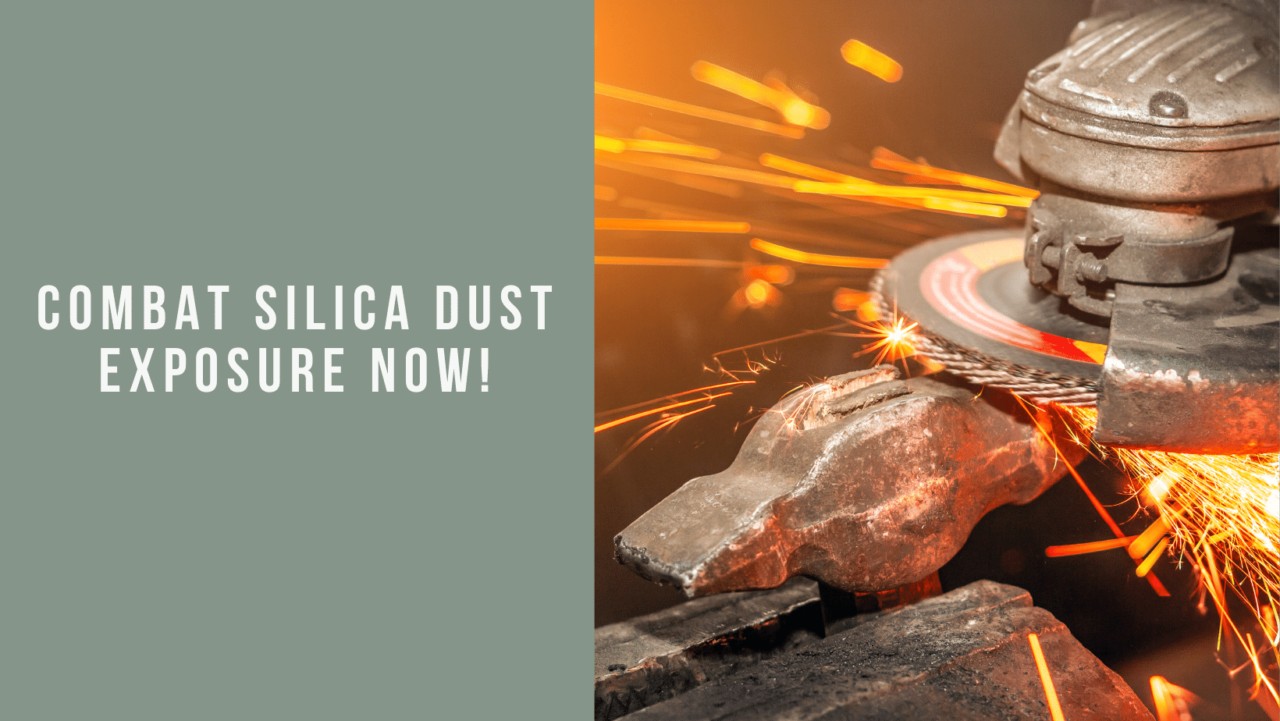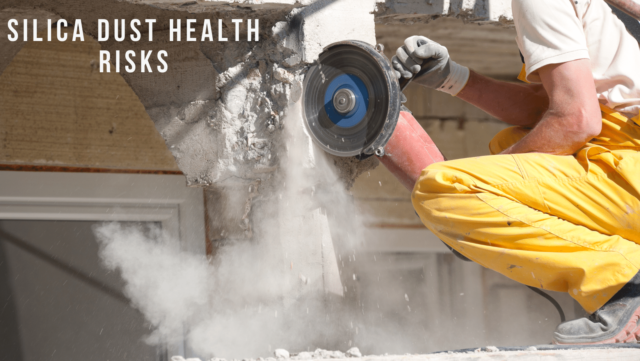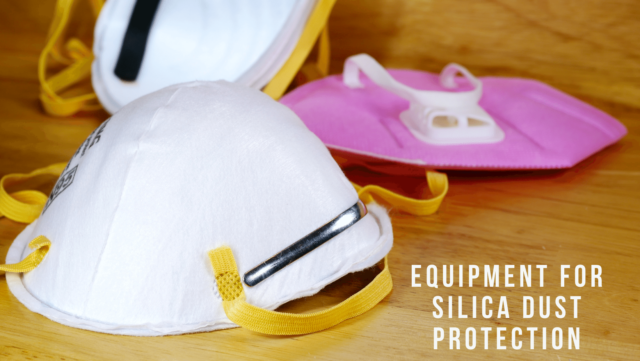Protect Your Health: A Guide to Combatting Silica Dust Exposure

In particular, inhalation of silica dust can have a range of severe health effects, so it should be avoided. Silica dust breathing in can lead to silicosis, lung cancer and COPD. Long-term silica dust exposure is also a cause of the internal disease like renal and autoimmune. Hence, the workers who work in the industries where there are high amounts of silica dust should do their best to lower the exposure to this dust.
Understanding the Health Risks of Silica Dust Exposure
The most likely health hazards of silica dust are respiratory diseases. Breathing in silica particles leads to silicosis, a disease that is irreversible and relentlessly progressive. Inflammation and scarring from these inhaled particles can occur continuously, making it difficult to breathe and hindering lung function. As with the other disease, silicosis has a capacity to kill in the most severe cases.

It is a well-known carcinogen that is classified by the IARC. Silica dust can also give rise to COPD, a chronic disorder that clogs the lungs and prevents air flow from the lungs.
Apart from the respiratory disease, silica dust has been found to be linked with numerous other health issues. Research indicates that long-term silica dust exposure might have a direct impact on the disease progression to chronic kidney disease and end-stage renal disease. In addition, there are studies that suggest that the inhalation of the silica dust might be linked to autoimmune diseases such as rheumatoid arthritis or SLE.
Common Industries and Jobs with High Risk of Silica Dust Exposure
The excessive inhalation of silica dust is typical in some industries and occupations, though. Working in the building industry is the most dangerous job. Hammering, drilling, and chiseling concrete, stone and brick releases silica dust. The danger is contributed to by the fact that mining is associated with the removal and processing of silica crystals.
The hazards of manufacturing units that make glass, ceramics and cement are immense. Sandblasters and workers handling abrasive are highly susceptible to this silica dust. Farm workers who pick crops, dig soil, or handle fertilizers can be exposed to silica dust which is found in soil or agricultural products.
Identifying Sources of Silica Dust in the Workplace
The solution to the problem lies in locating where the silica dust in the workplace originates. The termination of crystalline silica, sandblasting, or handling of dusty materials like sand or dirt are well-known sources. The failure to manage the tools and equipment can lead them to produce much of silica dust.
Routine work place inspections that identify silica dust sources are part of the process. Employers are to grapple with work stations and operations that can result in silica dust and their effects. This can be achieved by watching the work practices, assessing MSDS, and talking to the workers that are directly exposed to silica dust.
Remember that all silica-containing products are not harmful. Risk is a function of the silica concentration, the number of days in the exposure, and exposure frequency, and the protective measures employed. As a result, it is necessary to carry out the risk assessment and the priority setting for each silica dust source.
Best Practices for Minimizing Silica Dust Exposure
Engineering, administrative, and work methods that are combined will help the company to minimize the amount of silica dust in the air. Engineering controls achieve the reduction or elimination of silica dust by changing the design of a workplace or equipment. The methods can be any of the below, such as wet cutting or grinding, local exhaust ventilation, or the use of dust contained procedures.
The management team will develop rules and procedures to cut down the risk of getting infected. Staff rotations, restriction of high-risk activities and provision of safety training can reduce exposure time and hence, the health hazard. Furthermore, enterprises should draw out clear procedures for silica dust cleanup and disposal that will avoid the re-entrainment of dust.
Techniques of work including using the right tools and equipment and wearing protective gear are also important for silica dust reduction. Providing training on equipment use and handling will decrease the amount of dust. For cutting and grinding, you should use either water suppression or vacuum systems to get rid of dust. A good housekeeping should be implemented to ensure that work areas remain clean and free of dust.
Personal Protective Equipment for Silica Dust Protection
Engineering control and work practice are a way to reduce silica dust exposure so that PPE is used only as an additional one. Using PPE alone should not be a measure used. Other control measures should always be in place.
A lot of personal protective equipment (PPE) is able to protect workers from silica dust. N95 and PAPR respirators are the most important gear for removing airborne silica particles. Wear safety glasses or goggles to protect your eyes. Donning coveralls or suits that can be thrown away can help in reducing exposure to silica dust, as well.

Proper use of PPE is a key to its effectiveness. Workers must learn how to wear and remove PPE, check respiratory protection seals, and store it properly. Another thing is fitting and comfortable PPE and it is also very important because of ill-fitting or uncomfortable equipment, workers are not ready to use it.
Training and Education for Silica Dust Safety
A silica dust safety program should include training and information as its integral elements. Workers who may be exposed to silica dust should be trained to recognize the health hazards, the types of job that can expose them to silica dust, and the control measures and PPE that can be used to mitigate the effects of silica dust.
The training courses need to be developed with how to detect silica dust respiratory disorders, the importance of regular workplace inspection and the methods of lowering silica dust exposure being emphasized. Workers need to know how to use and keep up with respiratory protection and other PPE.
The workforce should go through regular training to be up to date with safety rules. Employers need to provide periodic review and upgrades to control techniques and equipment. Organizations should provide the communication platforms to workers and management so that they can share their views and concern on silica dust safety.
